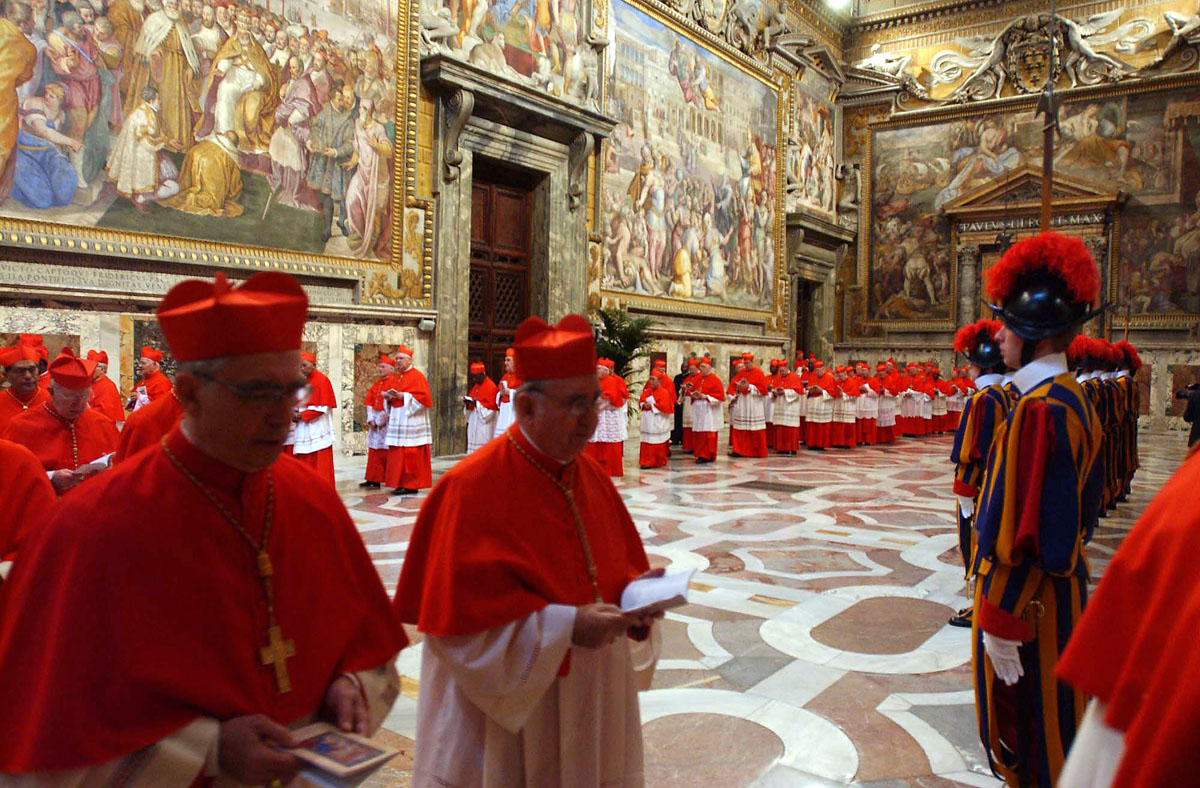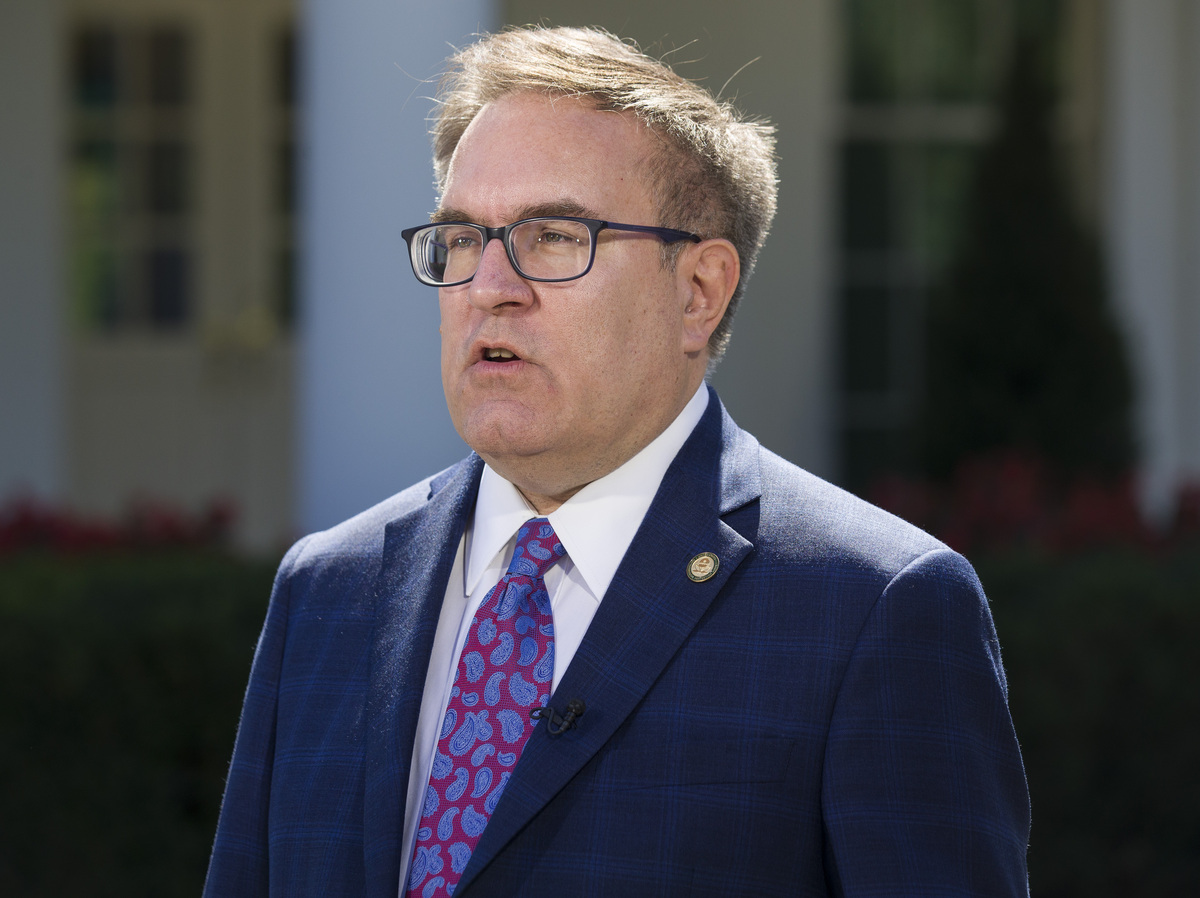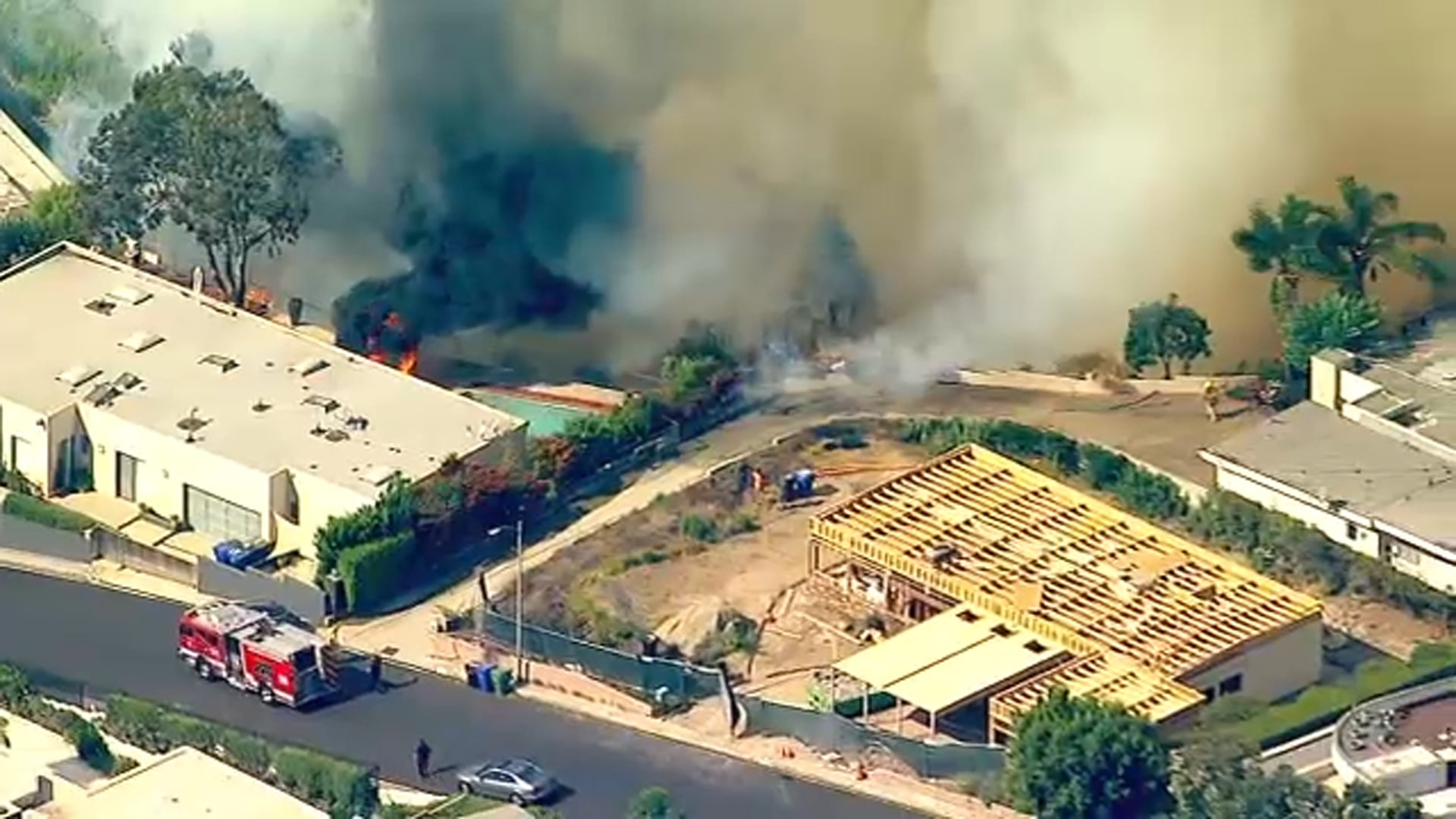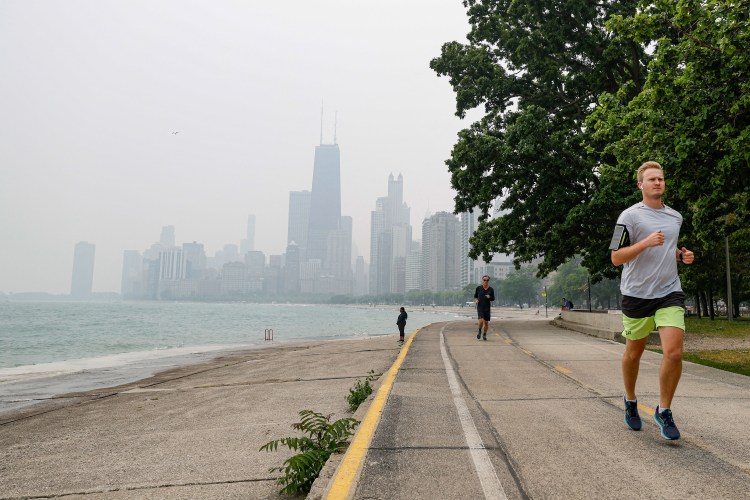How Is A New Pope Chosen? A Comprehensive Guide To Papal Conclaves

Table of Contents
The Process Leading Up to the Conclave
The selection of a new Pope is a meticulously planned process, beginning with the vacancy of the See of Peter and ending with the announcement of the new pontiff.
Death or Resignation of the Pope
The death or resignation of the Pope officially declares the sede vacante (vacant See). Immediate actions are crucial:
- Announcing the Pope's Death: The death of the Pope is officially announced, typically by the Cardinal Camerlengo.
- The Role of the Cardinal Camerlengo: The Camerlengo, a high-ranking Cardinal, acts as a kind of interim administrator, overseeing Vatican affairs during the sede vacante. He is responsible for securing the Papal apartments and ensuring the smooth transition of power.
- Securing the Papal Apartments: The Apostolic Palace undergoes a thorough security check and is prepared for the upcoming conclave. The apartments are sealed, and the necessary preparations for the cardinals are underway.
The Congregation of Cardinals
The next stage involves the gathering of the Cardinals eligible to participate in the conclave.
- Eligibility Criteria: Only Cardinals under the age of 80 are eligible to participate in a Papal Conclave. This rule, established by Pope Paul VI, ensures a balance between experience and younger perspectives.
- Traveling to the Vatican: Cardinals from around the world travel to Vatican City, representing various dioceses and cultures within the Catholic Church.
- Pre-Conclave Meetings: Before the conclave begins, the eligible Cardinals gather for meetings to discuss various issues and begin the process of discerning the qualities needed in the next Pope. These discussions lay the groundwork for the upcoming election.
The Pre-Conclave Preparations
Before the actual conclave begins, several crucial steps ensure the smooth and secure operation of the process:
- The Sealing of the Sistine Chapel: The Sistine Chapel, the location of the conclave, undergoes a thorough cleaning and is sealed. All electronic devices are removed to ensure secrecy and prevent external interference.
- Security Measures: Rigorous security measures are put in place to protect the cardinals and maintain the sanctity of the process, ensuring privacy and preventing undue influence.
- Spiritual Preparation of the Cardinals: The cardinals engage in spiritual exercises and prayer to prepare for the solemn task of electing the next successor of St. Peter. This includes masses and private reflections.
The Papal Conclave: Inside the Sistine Chapel
The Papal Conclave itself takes place within the confines of the Sistine Chapel, under strict rules and regulations.
The Seclusion and Oath of Secrecy
Complete secrecy is paramount.
- Total Isolation from the Outside World: The cardinals are completely isolated from the outside world, with no access to media or outside communication. Their focus remains solely on the election process.
- The Oath of Secrecy: Before the voting begins, each cardinal takes a solemn oath of secrecy, promising not to reveal any details of the deliberations or votes.
- Punishments for Breaking the Oath: The oath is incredibly binding, and breaking it carries severe consequences, potentially including excommunication.
The Voting Process
The mechanics of electing the Pope are precise and carefully regulated.
- Preparation of the Ballots: Special ballots are prepared, ensuring anonymity and preventing any form of coercion or manipulation.
- The Voting Process Itself: The cardinals vote by secret ballot, writing the name of their chosen candidate on the ballot and depositing it in a designated box.
- Counting the Votes: After each round of voting, the ballots are counted by specially appointed scrutineers.
- Announcing the Results (fumata bianca/fumata negra): The results are communicated through colored smoke signals from the Sistine Chapel chimney. White smoke signifies an election ( fumata bianca), while black smoke indicates that no candidate has reached the required majority (fumata negra).
The Election of the Pope
The election requires a two-thirds majority of the participating cardinals.
- Number of Ballots Needed: The voting continues until a candidate receives the necessary two-thirds majority. There is no limit on the number of ballots.
- What Happens if No One Reaches the Majority: If no candidate receives the required majority after several ballots, further deliberation and reflection occur.
- The Role of the Scrutineers: The scrutineers play a vital role in ensuring fairness and accuracy throughout the voting process. Their role is to count the votes and announce the results.
After the Election: Announcing the New Pope
The election of the new Pope culminates in a momentous public announcement.
The "Habemus Papam!"
The announcement of the new Pope is a highly anticipated event.
- The Cardinal Protodeacon's Announcement from the Balcony: The Cardinal Protodeacon, the senior Cardinal Deacon, makes the official announcement from the balcony of St. Peter's Basilica, proclaiming "Habemus Papam!" ("We have a Pope!").
- The Unveiling of the New Pope: The newly elected Pope appears on the balcony to greet the crowd gathered below.
- The First Blessing (Urbi et Orbi): The Pope bestows his first Apostolic Blessing, Urbi et Orbi ("to the city and to the world").
The Inauguration and Papal Coronation
The new Pope's official installation is marked by formal ceremonies and traditions. While the formal coronation has been largely replaced with an Inaugural Mass, other symbolic elements remain.
- The Papal Coronation (or Inauguration Mass): A grand Mass marks the formal beginning of the new Pope's pontificate. While the elaborate coronation ceremony is largely discontinued, an Inaugural Mass serves as the key installation ceremony.
- Choosing a Papal Name: The newly elected Pope chooses a papal name, often referencing a significant figure or saint. This name symbolizes his commitment to the papacy and the ideals associated with it.
- The Significance of the Papal Ring and Other Symbols: The Papal ring and other symbols are significant parts of the Papal inauguration, signifying the office and responsibilities of the Pope.
Conclusion
The election of a new Pope through the Papal Conclave is a complex and deeply symbolic process rooted in centuries of tradition. From the initial preparations to the dramatic announcement of "Habemus Papam!", every stage is carefully orchestrated to ensure the selection of a leader for the global Catholic Church. Understanding this intricate process provides valuable insight into the workings of the Vatican and the significance of the papacy. Learn more about the fascinating history and rituals of the Papal Conclave by exploring further resources online. Gain a deeper understanding of this unique and compelling event – explore the rich history of Papal Conclaves today!

Featured Posts
-
 1 Billion More Slashed From Harvard Funding Trump Administration Escalates Dispute
Apr 22, 2025
1 Billion More Slashed From Harvard Funding Trump Administration Escalates Dispute
Apr 22, 2025 -
 Googles Search Monopoly Another Court Battle With The Doj
Apr 22, 2025
Googles Search Monopoly Another Court Battle With The Doj
Apr 22, 2025 -
 The La Palisades Fire A List Of Celebrities Affected By The Disaster
Apr 22, 2025
The La Palisades Fire A List Of Celebrities Affected By The Disaster
Apr 22, 2025 -
 Pan Nordic Defense A Deep Dive Into Swedish Armor And Finnish Personnel
Apr 22, 2025
Pan Nordic Defense A Deep Dive Into Swedish Armor And Finnish Personnel
Apr 22, 2025 -
 The La Wildfires And The Troubling Trend Of Betting On Natural Disasters
Apr 22, 2025
The La Wildfires And The Troubling Trend Of Betting On Natural Disasters
Apr 22, 2025
